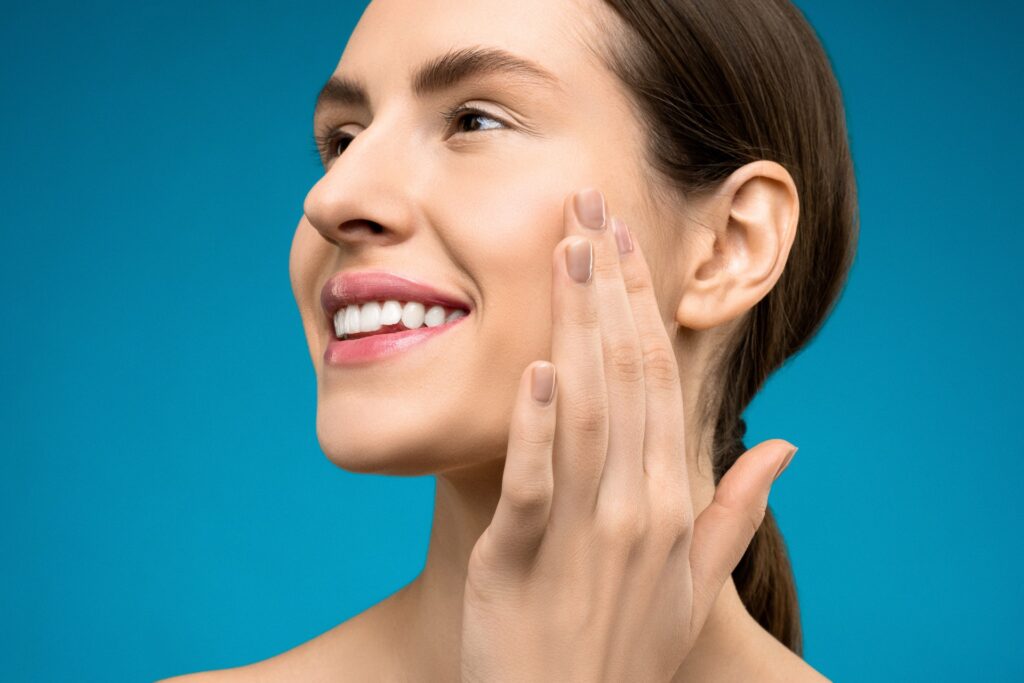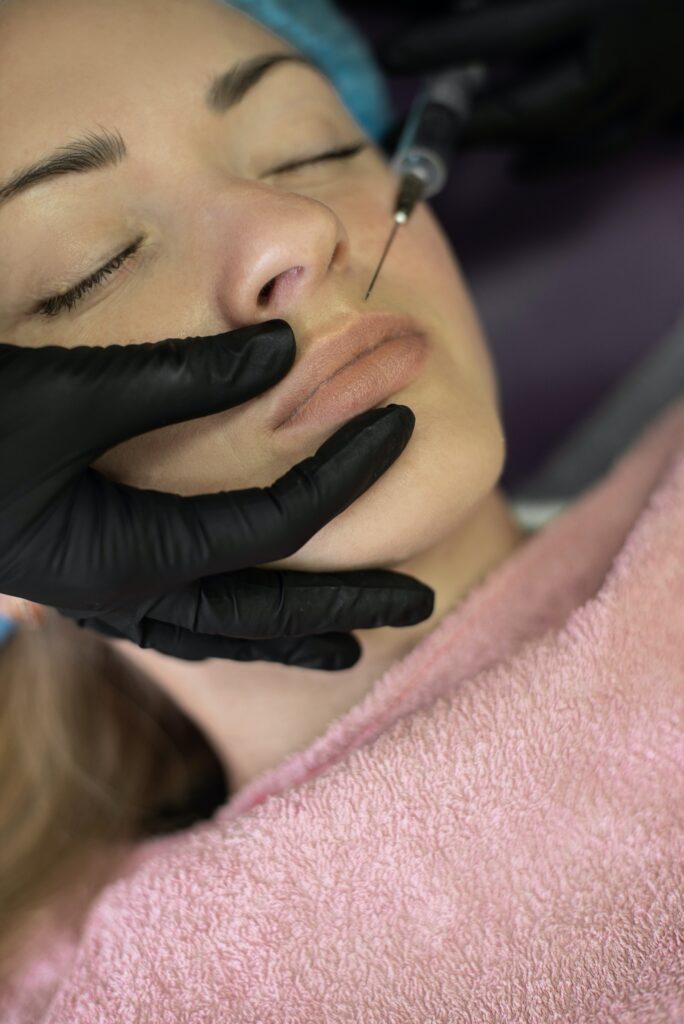A wise person once said, “Looking young never gets old.” If you’re starting to see fine lines and wrinkles while looking in the mirror, it might be time to consider non-surgical treatments like Botox® or Dysport®. These types of neurotoxin injections help soften fine lines and wrinkles. Although similar, Botox® and Dysport® have a few significant differences. Learning more about these popular treatments will help determine which one is right for you.
What Are Neurotoxins Injections?
Neurotoxin injections are made from bacteria that produce neurotoxins, which are proteins that block the ability of a chemical called acetylcholine to get to your muscles. This chemical makes facial muscles contract. When small doses of neurotoxins are injected, the muscle tissues relax instead of contract. This means patients won’t be able to furrow their brow or frown — two of the most common wrinkle-causing actions. A person who is unable to furrow or frown will notice the existing fine lines and wrinkles begin to soften naturally and new ones will not be created. In other words, the skin will look smoother and younger.
Are Neurotoxins Injections Safe?
Neurotoxin injections are quick, easy, and safe. The neurotoxin stays in the targeted muscle where it’s injected and does not travel throughout the body.
Which Treatment Is Right for You: Botox® or Dysport®?
Fillers such as Juvéderm® and Restylane® add volume to the face, but Botox® and Dysport® do not. Instead, these neurotoxin injections soften fine lines and wrinkles by relaxing the muscles that cause them. Although Botox® and Dysport® are similar in this way, procedures are different in others. To determine which treatment is right for you, it’s important to take time to learn about each type.
What Is Botox®?
Botox® is an injectable cosmetic treatment that contains a neurotoxin called onobotulinumtoxinA. This neurotoxin comes from a bacterium found in nature that causes botulism, a kind of food poisoning. Botox® was first approved by the Food and Drug Administration (FDA) in 1989 for the treatment of eye disorders. By 2002, the FDA had approved its use for cosmetic purposes.
Today, Botox® is recommended for treatment of a variety of fine lines and wrinkles including:
- Crow’s feet
- Horizontal forehead lines
- Laugh lines
What Can You Expect from Botox® Treatment?
Botox® injections that are administered by a trained and experienced professional is virtually pain-free. And the procedure is usually complete in 30 minutes or less. Patients should anticipate experiencing little to no downtime and only minor side effects if any. These can include:
- Swelling
- Bruising at the injection site
- Temporary redness
Usually, the effects of Botox® injections can be seen within a few days of treatment. The results can last for up to six months. With consistent treatment, patients are likely to notice fewer lines and wrinkles forming.
What Are Some Other Uses for Botox®?
Botox® has many uses beyond cosmetic treatment. It’s also used to treat:
- Migraine headaches
- Bell’s palsy and other conditions that cause facial asymmetry
- Post-op scarring (treatments in advance of surgery)
- TMJ or Temporomandibular Joint Dysfunction
- Overactive bladder
Botox® is not a cure for conditions like migraine headache, TMJ, or overactive bladder, but it can help alleviate symptoms with each. The advantage of Botox® as compared to other medicines for these conditions is that it only needs to be administered three or four times per year instead of daily.
What Is Dysport®?
Dysport® is an injectable cosmetic treatment that contains a neurotoxin called abobotulinumtoxinA. Like Botox®, it helps to improve the appearance of facial lines. However, unlike Botox® — which treats a variety of lines and wrinkles, Dysport® is especially effective for treating glabellar lines that develop between your eyebrows. Dysport® was approved for cosmetic treatment by the FDA in 2009.
What Can You Expect from Dysport® Treatment?
Like Botox® treatments, Dysport® injections that are administered by a trained, experienced professional can lead to little to no downtime and are virtually painless. For treatment of glabellar lines, patients can expect to receive at least five injections in different spots between the eyebrows. If side effects occur, it is usually minimal and can include:
- Headache
- Bruising at the injection site
- Eyelid swelling or drooping
- Mild sinus or upper respiratory tract infection
Patients may notice the effects of Dysport® as quickly as two days after receiving treatment. The positive results from treatment can last up to four months.
Are There Other Uses for Dysport®?
Dysport® is used primarily for cosmetic treatments.
Botox® vs. Dysport®: Some Reasons to Choose the Latter
Responses to neurotoxins can vary for each person. For instance, if those with a lactose (cow’s milk) allergy should choose Dysport® over Botox®, as the latter contains traces of cow’s milk proteins. Also, people who receive Botox® for migraines or other medical conditions might see better results by using Dysport® for cosmetic treatments.
Who Shouldn’t Have Botox® or Dysport® Treatments
Botulinum toxin injections are designed for people from 18 to 65 years of age. In addition to people who don’t fall within this age group, those who should not have these treatments include:
- People with diseases that affect nerves or muscles, such as myasthenia gravis or amyotrohic lateral sclerosis (ALS).
- Patients with bleeding disorders.
- Individuals who have had facial surgery or who plan to have any surgery.
Before having one of these treatments, talk to your doctor if you are pregnant or have any underlying condition like asthma, diabetes, heart disease, or hypertension.
Are Prices Similar for Botox® & Dysport® Treatments?
When it comes to Dysport® vs. Botox® cost, patients may find that they will pay a little less for Dysport® than Botox®. Botox® treatments last a bit longer on average and targets more areas of the face than Dysport®.
Finding the Best Botox® & Dysport® Providers
Because there are many providers offering Botox® and Dysport® treatments, it’s important to choose a facility that makes you feel comfortable. To find the best Botox® and Dysport® provider:
- Look for experts with experience and outstanding credentials.
- Check out before-and-after photos.
- Read patient reviews.
- Meet with providers in person.
- Make sure the provider’s philosophy aligns with your vision for treatment.
Schedule a Consultation for Botox® or Dysport® Treatments
If you’re interested in Botox® or Dysport® treatments or learning about other antiaging procedures, schedule a consultation with a specialist at The Rejuva Center in Albany, New York. Provide your information online or call 518-308-4117 for assistance.
Recent Posts
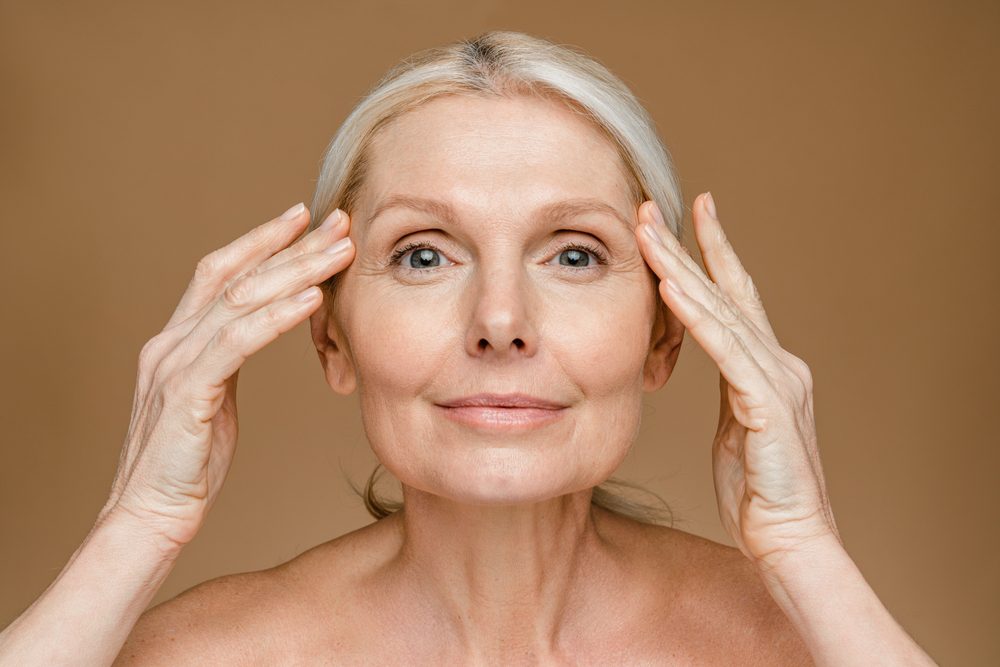
How to Communicate Goals During Botox Appointments in Saratoga Springs, NY
Whether you’re looking to soften forehead lines or subtly lift your brows, expressing your objectives clearly ensures natural, confidence-boosting results.
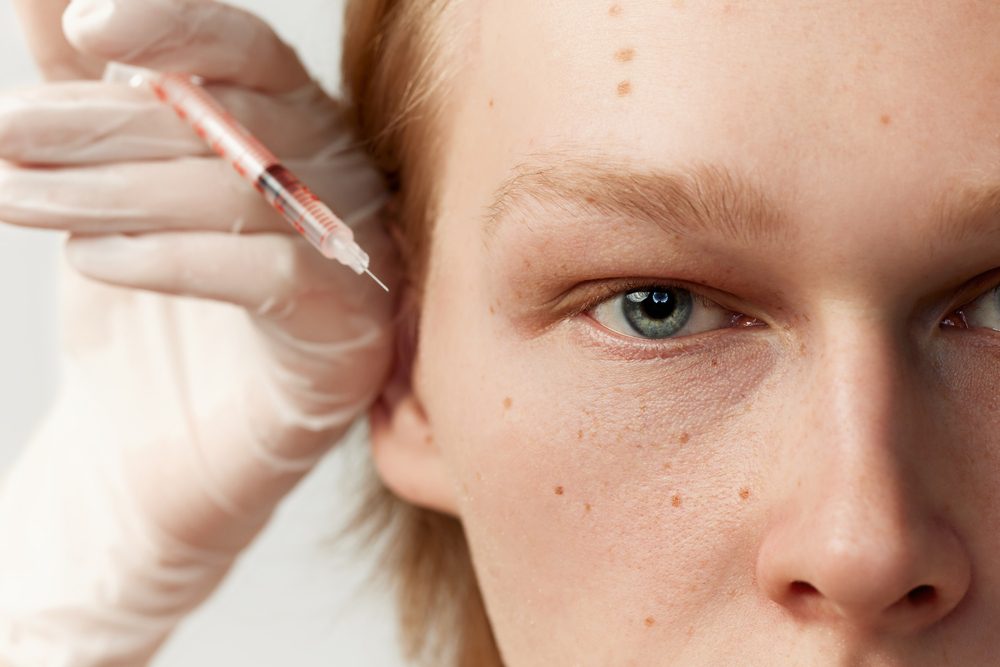
Getting Ready for Same-Day Botox Appointments and Touch-Ups in Loudonville, NY
What is the best way to prepare for the procedure to achieve optimal results? We’ll focus on everything you need to be aware of in the article below.
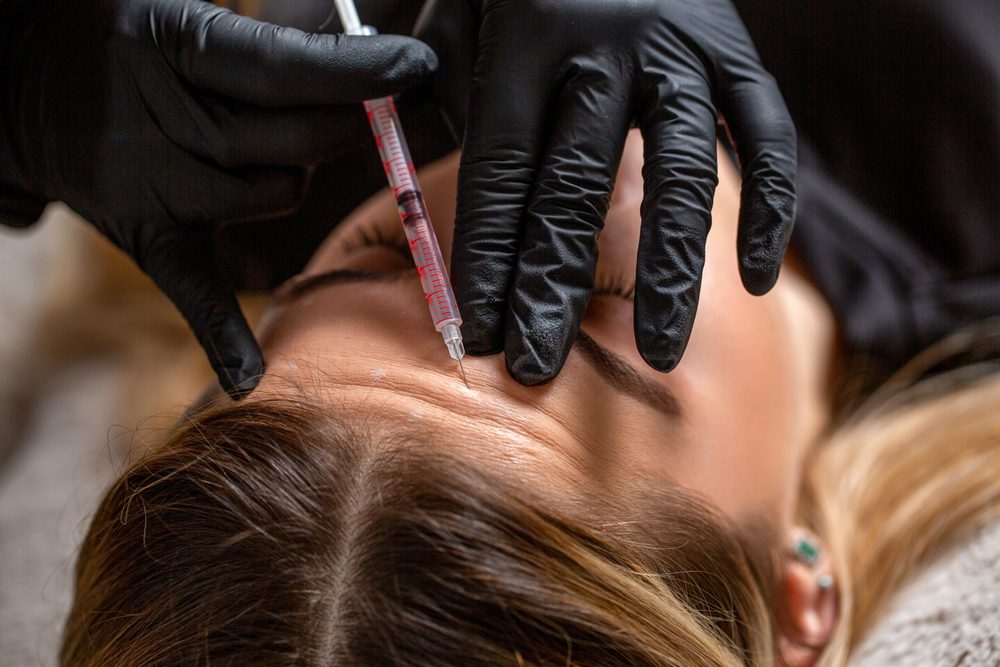
Selecting the Best Botox in Loudonville, NY: A How-To Guide
If you are looking for the best Botox in Loudonville, NY, there are several considerations that can help optimize results while eliminating risks.

5 Tips to Make the Most of Your Botox Appointments in Loudonville, NY
Here are five easy tips to make the most of your Botox appointments in Loudonville, NY.

